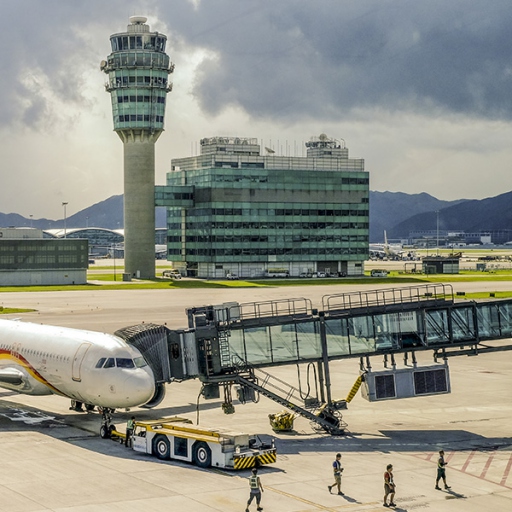In today’s fast-paced world, transportation plays a crucial role in connecting people and goods across vast distances. While both air and road transportation are widely used, air transportation has emerged as a safer and more efficient mode of travel. This article explores the reasons why air transportation is considered safer than road transportation, highlighting its key advantages and the factors that contribute to its superior safety record.
- Stringent Safety Regulations:
Air transportation is subject to rigorous safety regulations enforced by international aviation authorities. These regulations cover various aspects, including aircraft design, maintenance, pilot training, and air traffic control. The implementation of these regulations ensures that every aspect of air travel is carefully monitored and regulated, minimizing the risk of accidents and ensuring the highest level of safety for passengers. - Advanced Technology and Infrastructure:
The aviation industry constantly invests in advanced technology and infrastructure to enhance safety. Modern aircraft are equipped with state-of-the-art navigation systems, weather monitoring tools, and advanced communication systems, allowing pilots to make informed decisions and navigate safely through various weather conditions. Additionally, airports are equipped with advanced security systems, efficient runway management, and comprehensive emergency response plans, further enhancing the safety of air transportation. - Professional Pilot Training and Certification:
Pilots undergo extensive training and certification processes to ensure their competence and proficiency in handling complex flight operations. They are trained to handle emergency situations, navigate through challenging weather conditions, and make critical decisions to ensure the safety of passengers. The rigorous training programs and recurrent assessments contribute to the high level of professionalism and expertise exhibited by pilots in the aviation industry. - Strict Maintenance Standards:
Aircraft maintenance is conducted according to strict standards and schedules. Regular inspections, maintenance checks, and repairs are performed to ensure that aircraft are in optimal condition. Any potential issues or defects are identified and rectified promptly, minimizing the risk of mechanical failures during flights. The adherence to strict maintenance standards is a crucial factor in maintaining the safety and reliability of air transportation. - Efficient Air Traffic Control Systems:
Air traffic control systems play a vital role in ensuring the safe and orderly movement of aircraft. These systems monitor and manage air traffic, providing real-time information to pilots and guiding them through designated flight paths. The efficient coordination between air traffic controllers and pilots helps prevent collisions and ensures the smooth flow of air traffic, further enhancing the safety of air transportation.
Conclusion:
Air transportation has established itself as a safer mode of travel compared to road transportation due to stringent safety regulations, advanced technology and infrastructure, professional pilot training, strict maintenance standards, and efficient air traffic control systems. These factors work together to minimize the risk of accidents and ensure the safety and efficiency of air travel. As technology continues to advance and safety measures evolve, air transportation will continue to provide a reliable and secure means of travel for people around the world.

